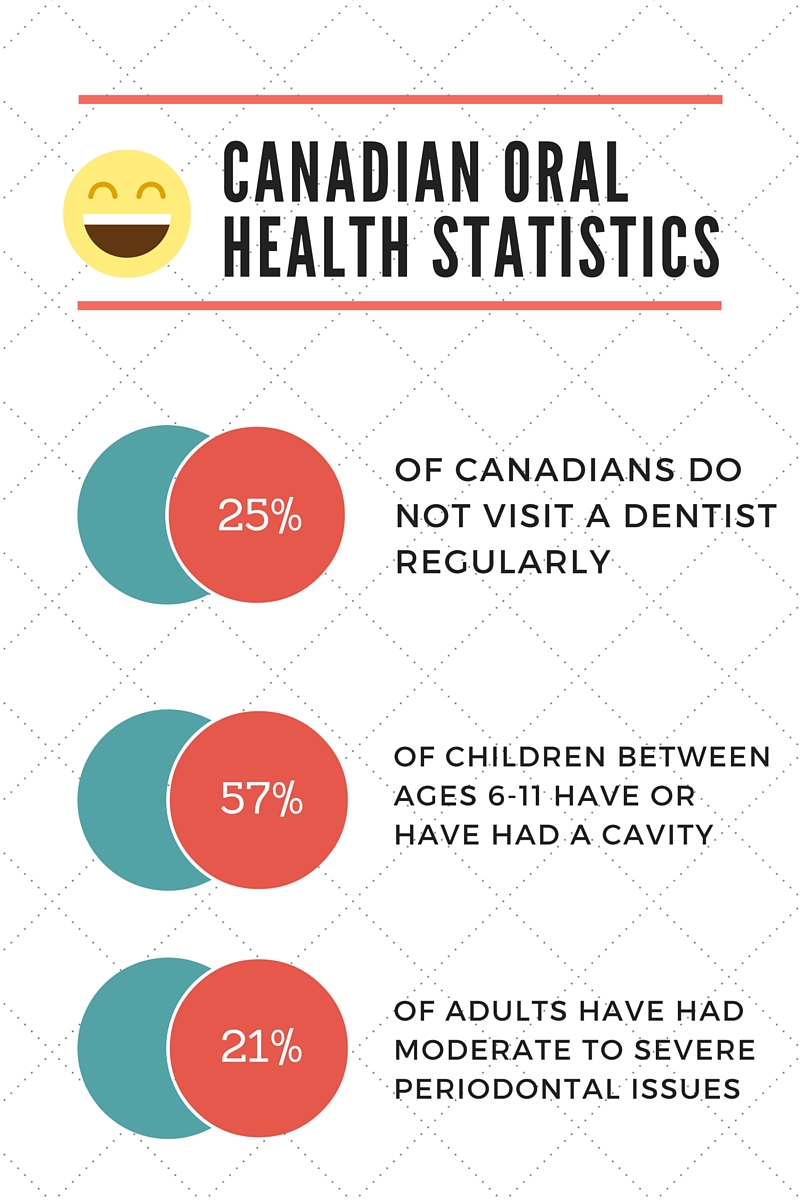
The numbers, in detail
Diving a little deeper into the numbers, it appears that men are more likely to only come in when there is an emergency, while women tend to have regular checkups more often than men. In my practice, we do to see this trend as men seem to be less proactive with their oral health in general. It’s a sad thing to observe when a patient comes in with pain and requires a serious procedure when it could have all been avoidable (and less costly) by simply coming in every six months. Sometimes it’s been so long that one or more teeth have died and need to be removed. I’ll always do everything I can to save a patient’s teeth, but sometimes the best solution is simply removal.
Another thing to pay attention to is the number of children requiring dental treatment. The statistics say that 57% of children between the ages 6 and 11 have or have had a cavity and the number of teeth affected by decay for children between 6 and 19 is two and a half. While many cavities appear even with proper preventative measures, many of these children are adopting poor oral health practices from a young age, which they will carry with them into adulthood. These statistics make this more obvious than ever, and parents should be diligent when it comes to their children’s oral health.
Winning the oral lottery
For those of you who have friends who claim to have never had a cavity, you can mention to them that the official Canadian statistics show that 96% of adults have had a history of cavities. So if what they are saying is true, they are very fortunate indeed!